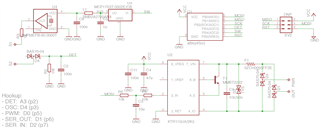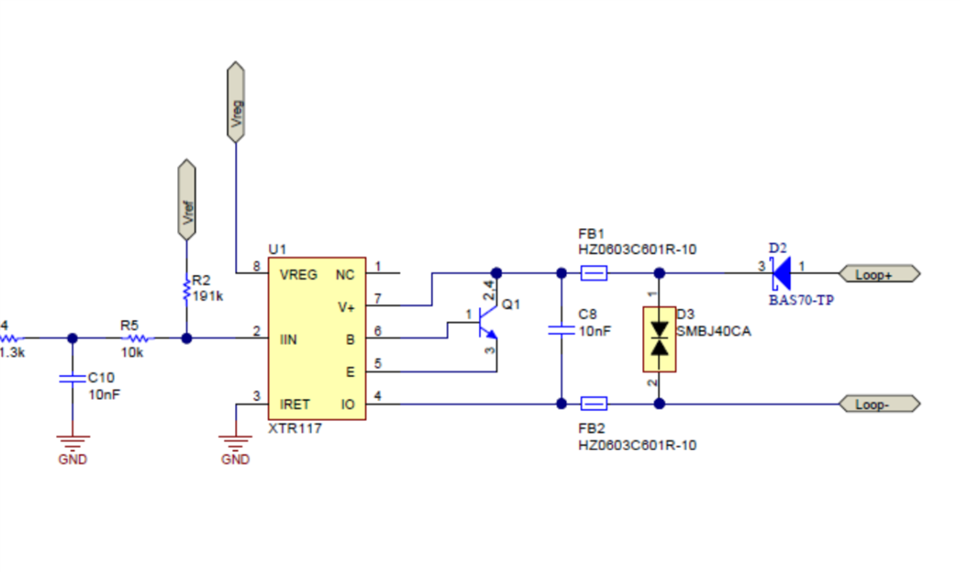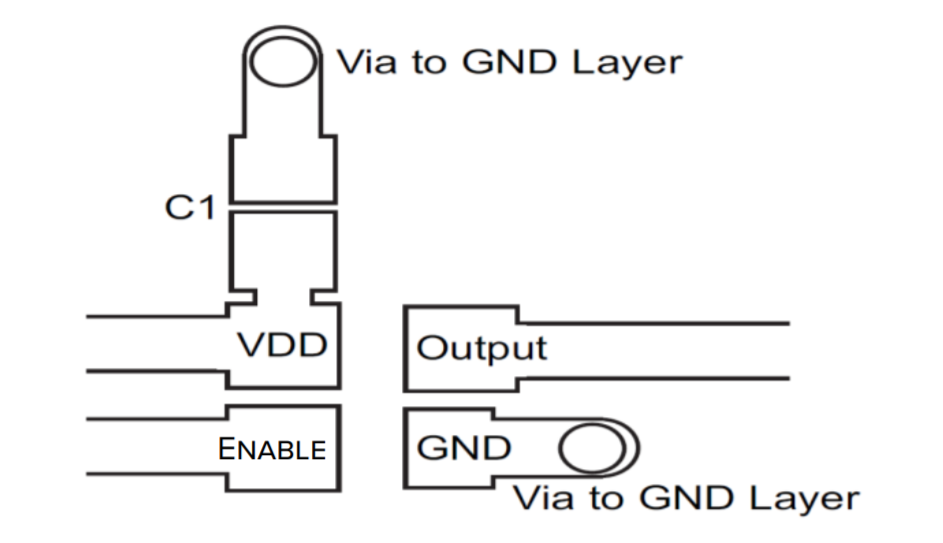Dear support,
Many thanks for the excellent support last time, this fully solved the question I had.
I have another issue that is related to this design: The attached schematic measures capacitance between the two sensor pins (schematic is slightly updated, see attached).
The issue is that when I have multiple devices in parrallel, the positioning of the cables close to one another or with space in between has influence on the measured voltage alter the diode (sensors themselves are separated by distance). Would this be some kind of capacitive coupling? Would you have any idea of what would cause this and how I might be able to solve this issue?
Thanks in advance!
Hans Crijns







